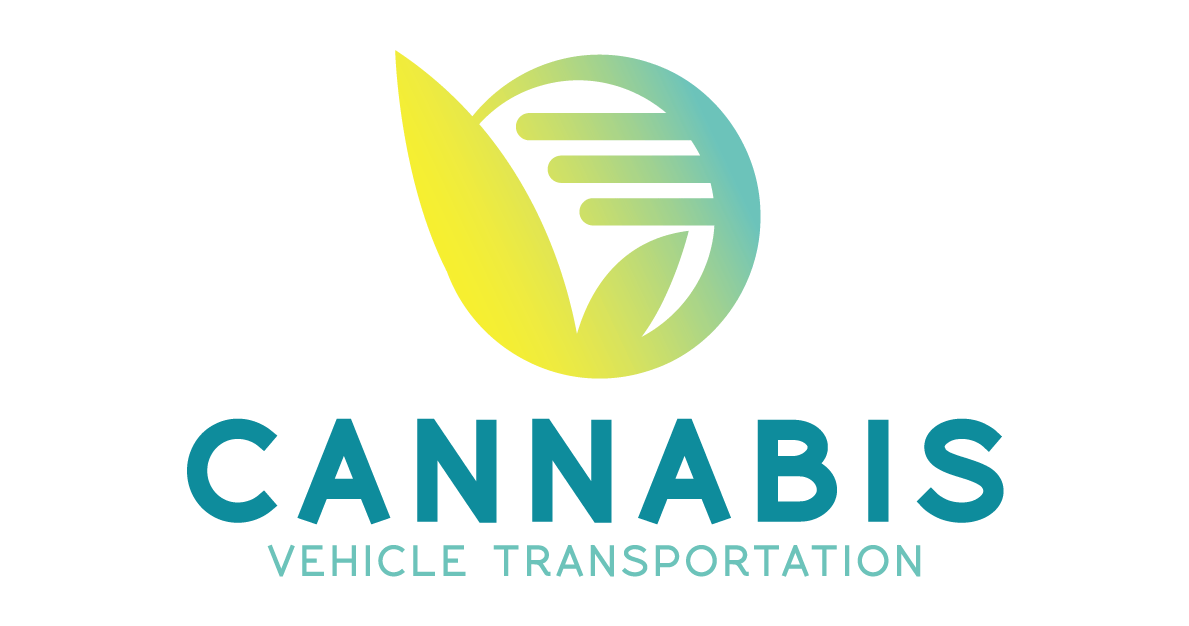As the cannabis industry continues to mature across the United States, transportation plays a critical role in ensuring compliance, safety, and product integrity. But not all cannabis transport is created equal. Two primary categories dominate the industry: bulk transport, which moves large quantities of product between licensed facilities, and consumer delivery, which brings packaged cannabis directly to patients or adult-use customers. Though they may share the same end goal—moving cannabis from one place to another—their operational procedures, vehicle requirements, and regulatory standards vary significantly.
Bulk Cannabis Transport: Secure and Regulated Freight
Bulk cannabis transport involves moving large volumes of raw or finished cannabis products between licensed entities—such as from cultivators to processors, manufacturers to distributors, or distributors to dispensaries. Because these transfers involve significant quantities, the vehicles used for bulk transport are often cargo vans or box trucks, specially outfitted for security and climate control.
State regulations typically mandate secure, locked storage compartments that are inaccessible from the driver’s area. In California, for example, vehicles used for transporting cannabis must be equipped with GPS tracking and alarm systems, per the Bureau of Cannabis Control. Drivers must also carry transport manifests that document every detail of the shipment, including product type, quantity, origin, destination, and chain of custody.
Bulk transport operations are often supported by logistics software that helps ensure compliance with state-specific routes, timing restrictions, and seed-to-sale tracking systems like METRC or BioTrack.
Consumer Delivery: Lightweight, Agile, and Customer-Centric
On the other hand, consumer delivery focuses on the “last mile”—getting a few grams or packaged items directly to the end customer. These deliveries are typically fulfilled using compact, unmarked vehicles such as sedans or small SUVs. Unlike bulk transport, where vehicle appearance and capacity are important, consumer delivery vehicles prioritize discretion, speed, and fuel efficiency.
Though lighter in volume, consumer deliveries are still tightly regulated. In states like Massachusetts and Michigan, delivery drivers must be registered agents of a licensed business, and vehicles often carry GPS tracking and security cameras. Some states impose cash-handling restrictions and mandate that product never be left unattended.
Given the volume of stops in a day, routing and dispatch software—such as Onfleet, Canveo, or Tookan—are essential tools for streamlining deliveries, verifying customer ID, and logging drop-offs to maintain compliance and efficiency.
Different Missions, Shared Goals
The biggest difference between these two vehicle types lies in purpose. Bulk transport is industrial in nature—designed to support the cannabis supply chain by moving product in volume. Consumer delivery, by contrast, operates at a retail level, where the focus is on speed, convenience, and customer experience.
Both functions, however, are critical to a successful cannabis ecosystem. Whether moving pounds of flower from a grow site to a processing lab, or delivering a single pre-roll to a medical patient, transportation must meet the highest standards of security, compliance, and professionalism.
By understanding these distinctions, cannabis operators can design more efficient logistics systems tailored to each leg of the supply chain—ultimately ensuring products arrive safely, legally, and in top condition.
